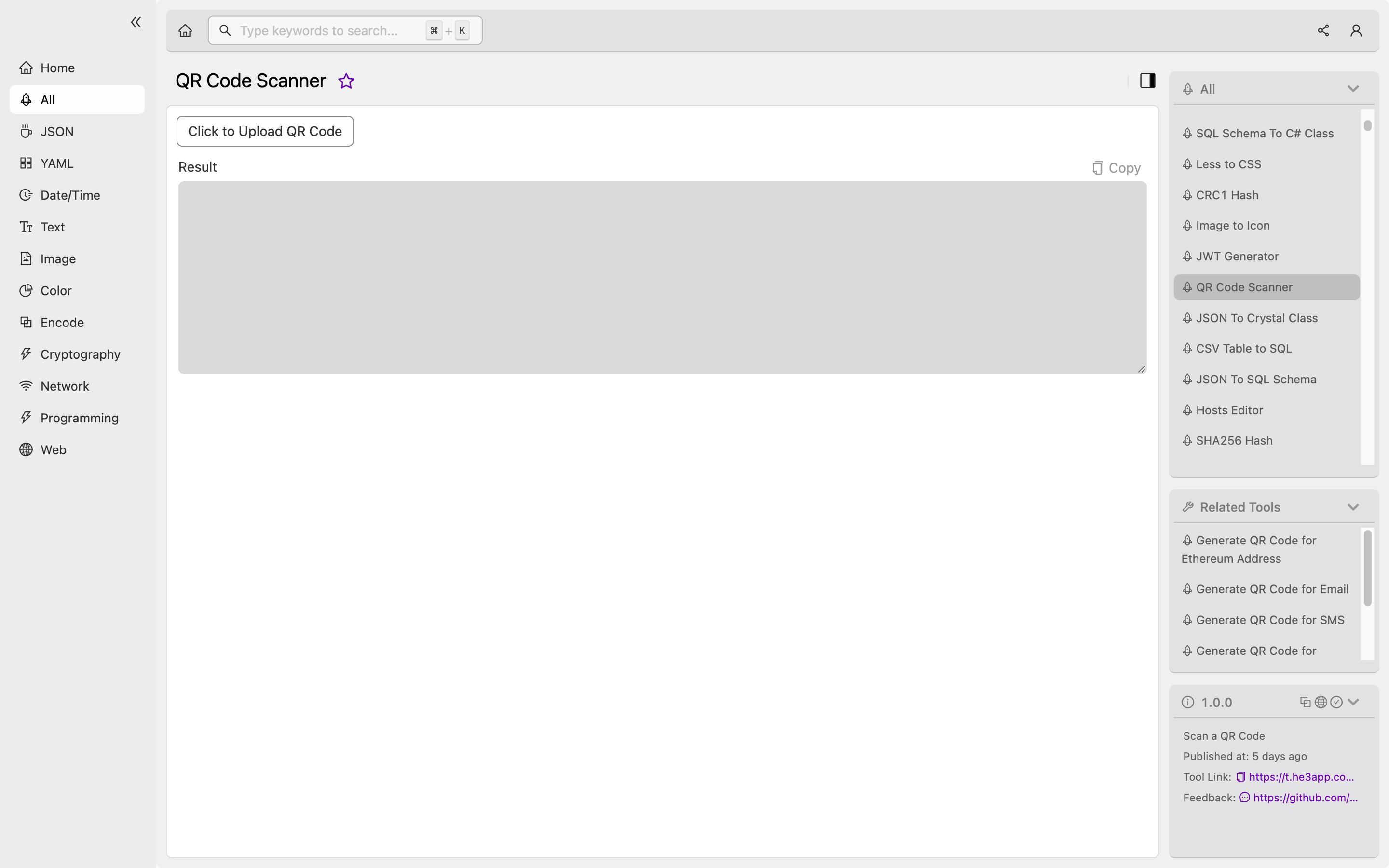QR (Quick Response) codes have revolutionized the way we use modern technology. They are two-dimensional barcodes that can store data in a visual form. A QR code scanner is a tool that can read these codes and convert them into machine-readable data. It is an essential tool for mobile app developers as it allows users to quickly and easily scan codes with their smartphone cameras. In this article, we’ll explore how QR code scanning works and its benefits.
How it Works
The process of scanning a QR code involves three basic steps: opening the scanner, scanning the code, and interpreting the data. The scanner uses the device’s camera and decoding software to identify and read the QR code. Once the code has been scanned, the decoder translates the data into a machine-readable format. The decoded information can then be used by the app to launch a new feature, access details, or redirect users to a specific webpage.
Scenarios for Developers
QR code scanning has become more popular in recent years, and developers can use the tool in various scenarios. The following are some use cases:
- Mobile payment systems - QR codes can act as payment tools for mobile payment systems, allowing users to pay for purchases with their smartphones quickly.
- Inventory management - Developers can integrate a QR code scanner into systems that track and manage inventory, making it easy for warehouse workers to scan a code and update inventory flow.
- Authentication - QR codes can be used to verify the identity of users, such as visitors to a company or conferences.
Key Features
QR code scanners have evolved with time, and developers should consider the following features when choosing a scanner:
| Feature | Description |
|---|---|
| Optimization | Streaming-based solutions, which offer faster scanning times and high-speed feature updates |
| Compatibility | Compatibility with a wide range of operating systems, including iOS and Android |
| Accessibility | Providing an intuitive user interface for users and compatibility with mobile devices |
Misconceptions and FAQ
Misconceptions about QR code scanning include the idea that they are only used for advertising, yet developers can use them to solve several user-engagement issues. Two frequently asked questions include:
Q. Can I create my own QR code scanner?
Yes, you can create your own QR code scanner using open-source libraries, which can help reduce development time and cost.
Q. Are QR codes susceptible to cyber-attacks?
QR codes are not entirely risk-free, as they can be used to launch malicious software by redirecting users to harmful websites. Developers are encouraged to use secure scanning solutions and ensure that users only scan codes from trusted sources.
How to Use
To use the QR Code Scanner tool, visit He3 Toolbox (https://t.he3app.com?0e3i ), which is easy and convenient to use.

Conclusion
QR code scanning is a versatile and useful tool for developers. It can be used in several scenarios, including mobile payment systems, authentication, and inventory management. Developers should consider key features such as optimization, compatibility, and accessibility when choosing a scanner. Misconceptions about QR code scanning include the idea that they are only used for advertising, yet developers can use them to solve several user-engagement issues.
